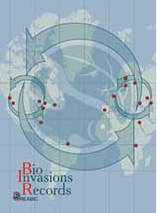 The population structure of the non-indigenous calanoid copepod Pseudodiaptomus marinus (Sato, 1913) in the Belgian part of the North Sea (BPNS) is reported for the first time. Detailed P. marinus abundance data including sex and age class of the individuals was gathered on a monthly basis from February 2015 to February 2016 at six sites within the BPNS and Belgian harbors.
The population structure of the non-indigenous calanoid copepod Pseudodiaptomus marinus (Sato, 1913) in the Belgian part of the North Sea (BPNS) is reported for the first time. Detailed P. marinus abundance data including sex and age class of the individuals was gathered on a monthly basis from February 2015 to February 2016 at six sites within the BPNS and Belgian harbors.News
 The population structure of the non-indigenous calanoid copepod Pseudodiaptomus marinus (Sato, 1913) in the Belgian part of the North Sea (BPNS) is reported for the first time. Detailed P. marinus abundance data including sex and age class of the individuals was gathered on a monthly basis from February 2015 to February 2016 at six sites within the BPNS and Belgian harbors.
The population structure of the non-indigenous calanoid copepod Pseudodiaptomus marinus (Sato, 1913) in the Belgian part of the North Sea (BPNS) is reported for the first time. Detailed P. marinus abundance data including sex and age class of the individuals was gathered on a monthly basis from February 2015 to February 2016 at six sites within the BPNS and Belgian harbors.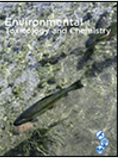 Under natural conditions, organisms can experience a variety of abiotic (e.g. temperature, pH) and biotic (e.g. species interactions) conditions, which can interact with toxicant effects. By ignoring species interactions conventional ecotoxicological studies (i.e. single species tests) oversimplify the actual field situation. Here, we investigated whether temperature and interspecific competition affected the effects of zinc on a Daphnia longispina population.
Under natural conditions, organisms can experience a variety of abiotic (e.g. temperature, pH) and biotic (e.g. species interactions) conditions, which can interact with toxicant effects. By ignoring species interactions conventional ecotoxicological studies (i.e. single species tests) oversimplify the actual field situation. Here, we investigated whether temperature and interspecific competition affected the effects of zinc on a Daphnia longispina population.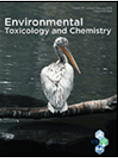 Urban regions of the world are expanding rapidly, placing additional stress on water resources. These water bodies receive chemical emissions arising from either single or multiple point sources, diffuse sources which can be continuous, intermittent, or seasonal. Thus, aquatic organisms in these water bodies are exposed to temporally and compositionally variable mixtures. We have delineated source-specific signatures of these mixtures for diffuse urban runoff and urban point source exposure scenarios to support risk assessment and management of these mixtures.
Urban regions of the world are expanding rapidly, placing additional stress on water resources. These water bodies receive chemical emissions arising from either single or multiple point sources, diffuse sources which can be continuous, intermittent, or seasonal. Thus, aquatic organisms in these water bodies are exposed to temporally and compositionally variable mixtures. We have delineated source-specific signatures of these mixtures for diffuse urban runoff and urban point source exposure scenarios to support risk assessment and management of these mixtures. “Karel De Schamphelaere will become the next president of SETACEurope (link) in May 2018. SETACEurope is the premier professional society in the domain of ecotoxicology and ecological risk assessment. In this article (link) he presents the strategic goals of SETACEurope, the development of which he directed with the support and creativity of the whole team of SETAC Europe board of directors.”
“Karel De Schamphelaere will become the next president of SETACEurope (link) in May 2018. SETACEurope is the premier professional society in the domain of ecotoxicology and ecological risk assessment. In this article (link) he presents the strategic goals of SETACEurope, the development of which he directed with the support and creativity of the whole team of SETAC Europe board of directors.”
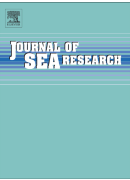
 Although metal mixture toxicity has been studied relatively intensely, there is no general consensus yet on how to incorporate metal mixture toxicity into aquatic risk assessment. Here, we combined existing data on chronic metal mixture toxicity at the species level with species-sensitivity-distribution (SSD)-based in-silico metal mixture risk predictions at the community-level for mixtures of Ni, Zn, Cu, Cd and Pb, in order to develop a tiered risk assessment scheme for metal mixtures in freshwater.
Although metal mixture toxicity has been studied relatively intensely, there is no general consensus yet on how to incorporate metal mixture toxicity into aquatic risk assessment. Here, we combined existing data on chronic metal mixture toxicity at the species level with species-sensitivity-distribution (SSD)-based in-silico metal mixture risk predictions at the community-level for mixtures of Ni, Zn, Cu, Cd and Pb, in order to develop a tiered risk assessment scheme for metal mixtures in freshwater.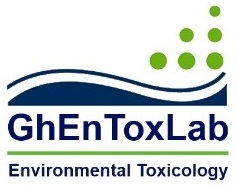
Join our research team! Apply now!
We are looking for a highly motivated researcher to apply for a PhD Research project: Fish population models to improve ecological risk assessment of copper and zinc
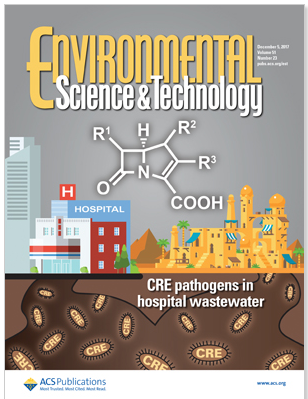
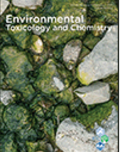
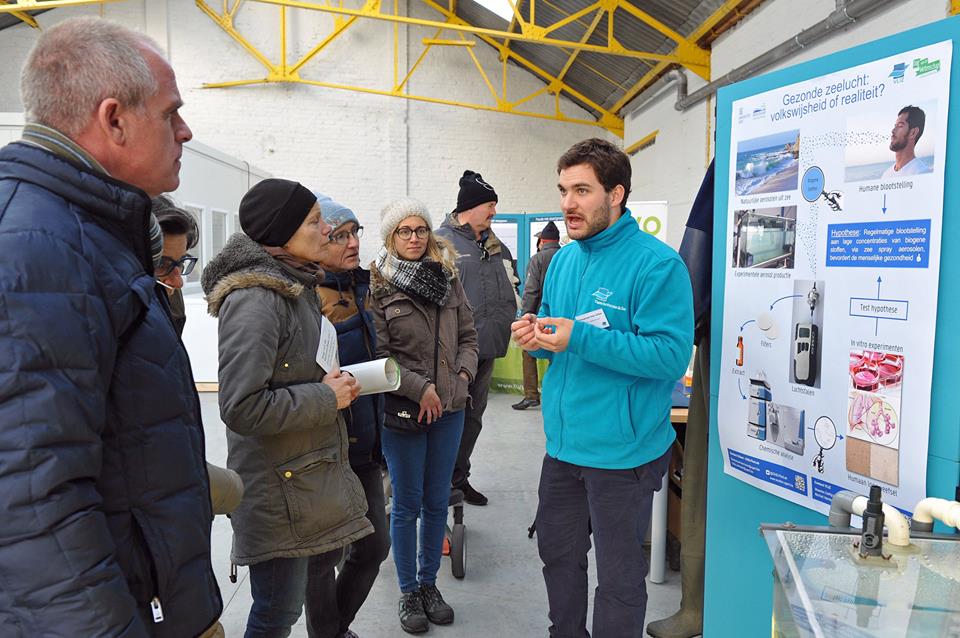
To celebrate Science Day 2017 on Sunday, 26th November, the Flanders Marine Institute (VLIZ) demonstrated the variety of marine research at the Marine Station Ostend (MSO). During this year’s Science Day, our colleague Emmanuel introduced his research to the general public. Emmanuel investigates whether exposure to biogenic compounds in sea sprays has an influence on human health.
